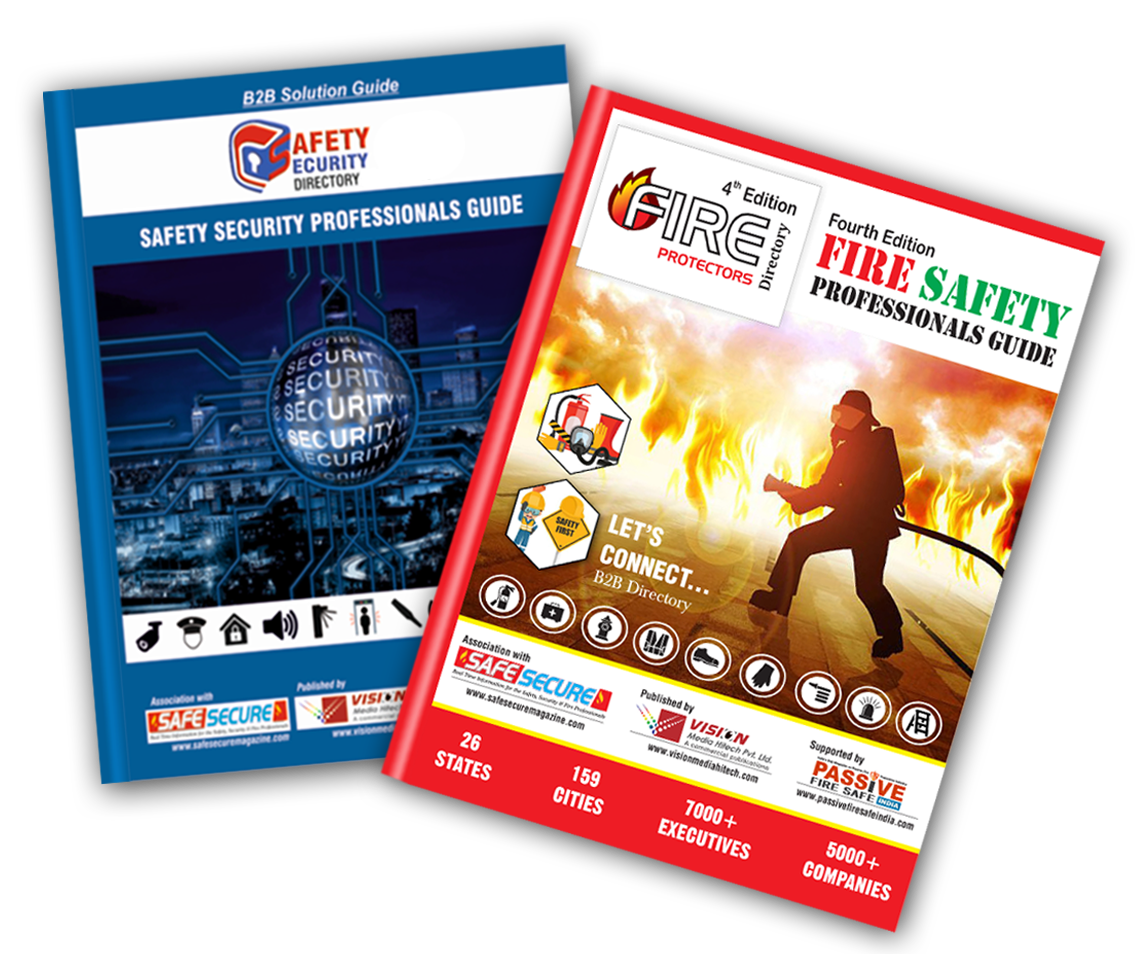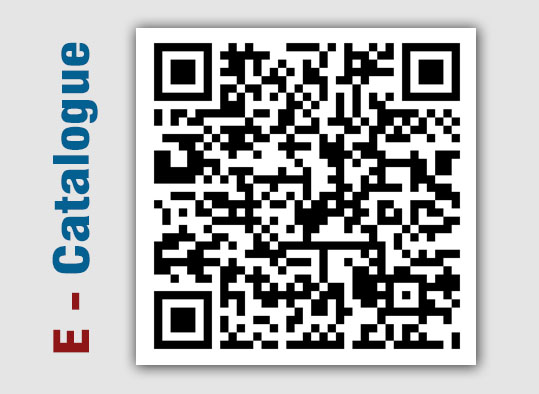"Fire Signage Across Industries: Enhancing Safety and Compliance"
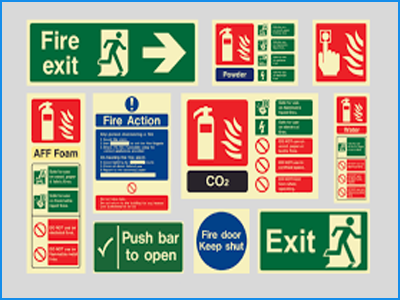
Highlight:
Fire signage is essential for ensuring safety across industries such as
healthcare, education, construction, and manufacturing. These signs provide
clear evacuation routes, identify firefighting equipment, and ensure regulatory
compliance. Proper placement, design, and material choice are crucial for
effective communication during emergencies, safeguarding lives and assets
Introduction
Fire safety is a universal concern, transcending industries and sectors. One of the most effective tools for preventing fire-related incidents and ensuring safe evacuations is fire signage. These signs serve as critical visual cues, guiding people to safety, identifying fire equipment, and promoting awareness. While the purpose is consistent—enhancing safety—the design, placement, and regulations for fire signage vary across different sectors.
This article explores the importance, applications, and best practices for fire signage in a wide range of industries, along with the role of regulations in shaping their use.
The Purpose of Fire Signage
Fire signage is more than just a compliance requirement; it is a lifesaving tool. During emergencies, clear and visible fire signage can:
1. Guide Evacuation: Direct individuals to the nearest exits or safe zones.
2. Mark Firefighting Equipment: Identify the locations of fire extinguishers, hoses, and alarms.
3. Communicate Hazards: Warn about areas prone to fire risks or restricted during emergencies.
4. Ensure Legal Compliance: Meet industry-specific safety standards to avoid penalties and ensure employee protection.
Fire Signage in Different Sectors
1. Healthcare
In hospitals and clinics, fire signage must cater to the specific needs of patients, staff, and visitors:
• Challenges: Mobility-impaired patients require clear, wheelchair-accessible routes.
• Solutions: Glow-in-the-dark signs for power outages, evacuation maps with multiple routes, and signs in multiple languages.
2. Education
Schools and universities face the challenge of catering to a diverse audience of students, teachers, and visitors:
• Challenges: Younger children may require pictorial signs, while college campuses need large-scale evacuation plans.
• Solutions: Simple pictorial signs in classrooms, strategically placed exit indicators, and drills to familiarize occupants with signage.
3. Manufacturing and Warehousing
These high-risk environments demand robust fire safety measures:
• Challenges: Large layouts, hazardous materials, and heavy machinery.
• Solutions: Durable, chemical-resistant signage to withstand harsh environments and directional signs for large facilities.
4. Hospitality and Retail
For hotels, restaurants, and shopping malls, fire signage must blend safety with aesthetics:
• Challenges: Balancing visibility with design in customer-facing spaces.
• Solutions: Discreet yet effective signs, luminous exit signs for dim environments, and multilingual signs for international visitors.
5. Construction
Temporary and dynamic setups make fire safety signage crucial on construction sites:
• Challenges: Changing layouts and exposure to outdoor elements.
• Solutions: Portable, weatherproof signage and flexible mounting options to adapt to evolving site conditions.
Types of Fire Signage
1. Exit Signs: Illuminate pathways to safety with glow-in-the-dark or LED-lit options.
2. Fire Equipment Signs: Highlight locations of extinguishers, hoses, and alarms.
3. Prohibition Signs: Indicate restricted actions like "No Smoking" in hazardous areas.
4. Warning Signs: Alert individuals about specific fire risks, such as flammable materials.
5. Mandatory Signs: Specify actions to be taken, e.g., "Keep Fire Doors Closed."
Design and Placement Guidelines
1. Visibility
• Use contrasting colors and bold text.
• Ensure signs are placed at eye level and in well-lit areas.
2. Durability
• Choose materials that can withstand the environment, such as UV-resistant plastics for outdoor use.
3. Regulatory Compliance
• Adhere to local and international standards like OSHA, NFPA, or ISO requirements.
• Include universally recognized symbols for consistency.
4. Customization for Sectors
• Tailor signs to industry needs, such as multilingual signs for global workplaces or pictorial signs for inclusive communication.
Technological Advancements in Fire Signage
1. Smart Signage: Interactive signs connected to building management systems for real-time updates.
2. Photoluminescent Materials: Glow-in-the-dark signs for visibility during power outages.
3. Dynamic Signage: LED screens that adapt messages during emergencies, such as highlighting specific evacuation routes.
Importance of Regular Maintenance
Fire signage requires periodic checks to remain effective:
1. Inspect for Damage: Replace faded or broken signs.
2. Ensure Compliance: Update signage to align with new regulations or building modifications.
3. Test Visibility: Verify that signs are unobstructed and visible under various conditions.
Role of Training and Awareness
Even the best signage is ineffective if occupants are unfamiliar with it. Regular fire drills and awareness programs help individuals recognize and respond to fire signage appropriately.
Conclusion
Fire signage is a cornerstone of fire safety across all industries. Tailored to meet the specific needs of various sectors, it plays a pivotal role in guiding evacuations, identifying equipment, and ensuring compliance. By investing in high-quality, well-placed, and regularly maintained fire signage, businesses can protect lives and property, while adhering to safety regulations
(Fire "Safety Blogs" Published in January 2025 Edition)
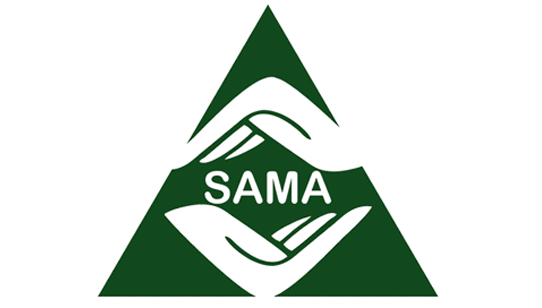
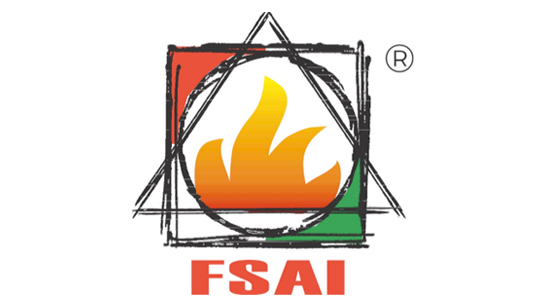
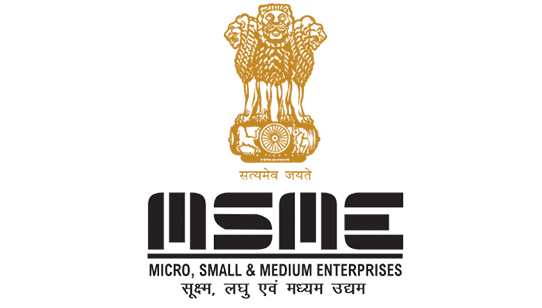
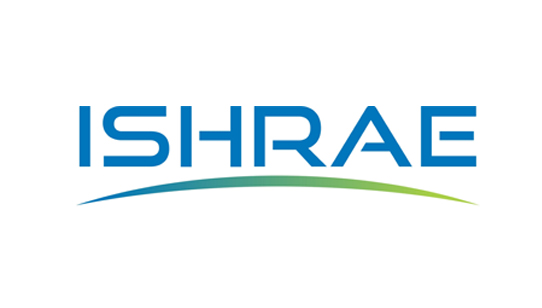
.png)



